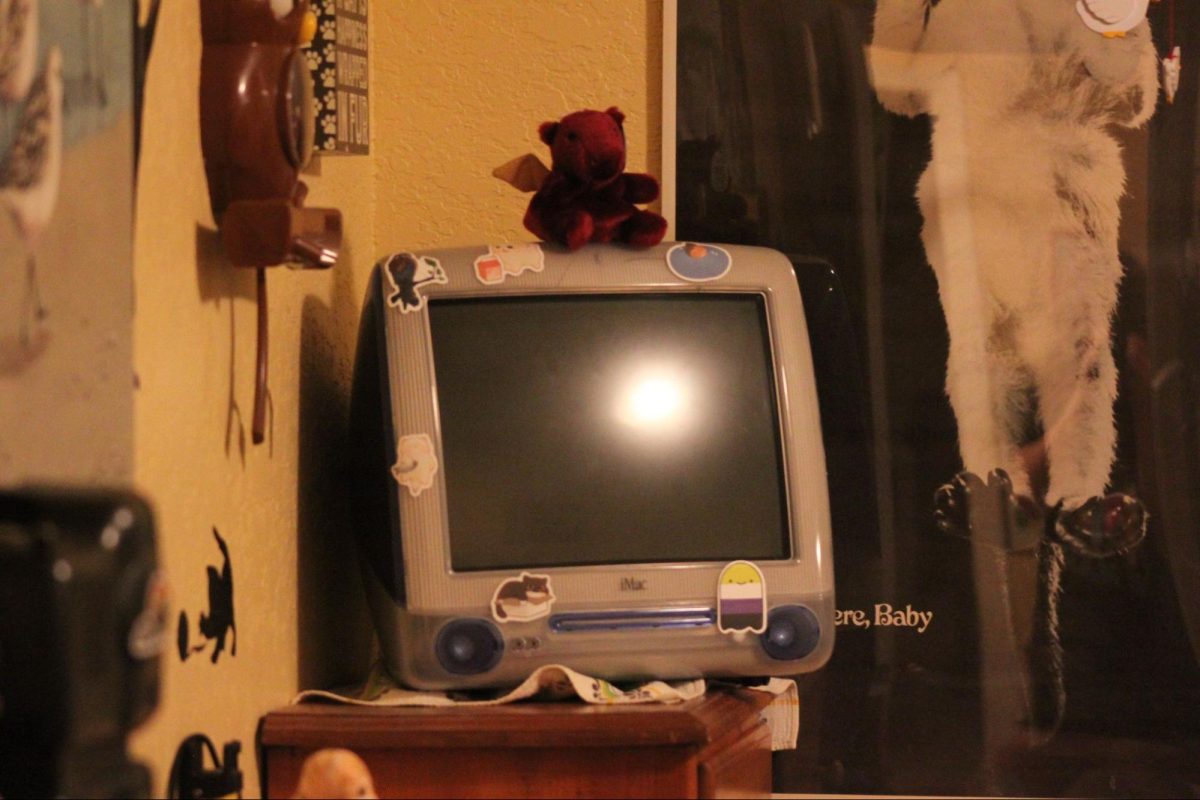Christmas before Coca-Cola
March 22, 2019
When someone says “Santa Claus,” most people think of a jolly old man with white hair and a beard. That man is ‘plump’ and almost always wearing a red-and-white outfit.
What some people don’t know is that Coca-Cola helped to create the modern-day image of Santa. Other than the color red, what we now know Santa to look like is basically all because of a Coca-Cola ad in 1931.
This ad featured Santa as a more family-friendly human, as opposed to his previous role as a small, elf-like figure. This ad also showed Santa delivering toys and visiting with children (Coca-Cola).
Some other current holiday traditions have long histories, as well. The tradition of hanging stockings can be traced back to the 1800s.
This tradition started because of a widowed man that had three daughters he was worried he couldn’t provide for. Legend says St. Nicholas, who had heard about the man’s struggles, filled the girls’ stockings, which were hanging by the fire to dry, with gold coins (Time).
Another tradition that has become a huge part of modern-day Christmas is the decorated evergreen tree. This tradition, which also started in the 1800s, was based in Europe and eventually made its way to America.
Many German members of the British Royal Family had previously had decorated Christmas trees. But until a sketch of Queen Victoria and Germany’s Prince Albert’s family was published in the Illustrated London News, it never really caught on with the general public (CNN).
Most holiday traditions have some sort of cultural meaning behind them. Whereas the British and German royal families influenced the use of decorated Christmas trees, the image of Santa Claus and how it was shaped by Coca-Cola is unquestionably one example of the influence corporations have over American holiday traditions.






